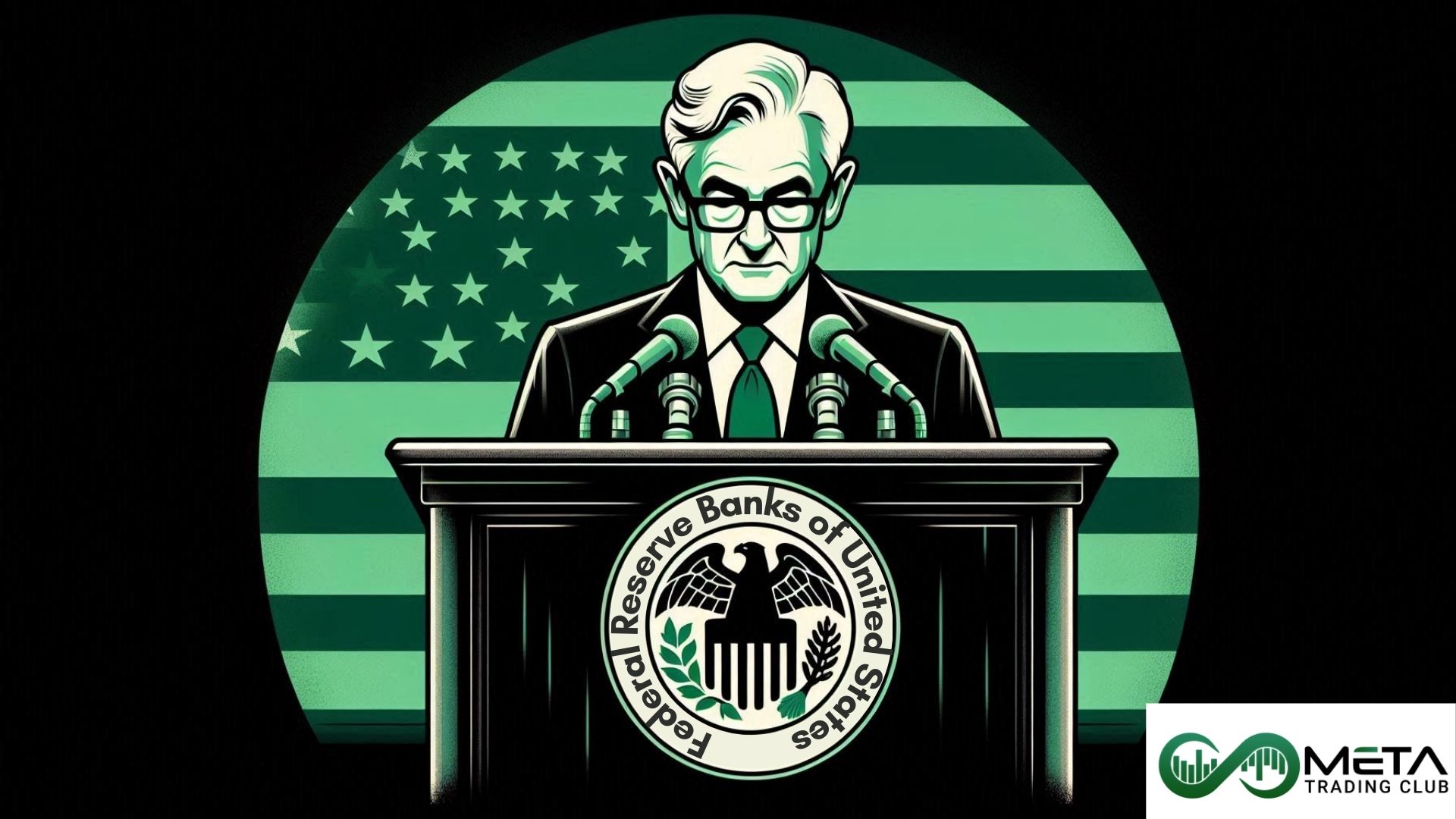On June 6, 2024, the financial markets saw mixed performances across various asset classes. The US stock market closed lower as the strong jobs report diminished expectations for immediate interest rate cuts by the Federal Reserve. Bond yields surged in response to the robust labor market data. The Australian dollar stabilized amid better-than-expected economic data, while the British pound and euro both depreciated against the US dollar. Precious metals like gold and silver experienced declines due to changing central bank policies and industrial factors. Oil prices maintained their gains but faced concerns over supply surpluses, and Bitcoin saw an uptick driven by speculation of future rate cuts.
Table of Contents
Economic Events
In May 2024, average hourly earnings for US private nonfarm payrolls increased by 14 cents, or 0.4%, reaching $34.91. This was a larger rise compared to April’s 0.2% increase and exceeded market expectations of a 0.3% gain. This marked the most substantial wage increase in four months. Private-sector production and nonsupervisory employees saw their hourly earnings grow by 14 cents, or 0.5%, to $29.99. Over the past year, average hourly earnings have risen by 4.1%, surpassing the forecast of a 3.9% increase.

US10Y
The yield on the US 10-year Treasury note rose by over 12 basis points to 4.42% on June 6, rebounding from a two-month low of 4.27% the previous day. This increase was driven by a strong jobs report, reinforcing a hawkish outlook for the Federal Reserve. The significant job additions in May highlighted the resilience of the US labor market amid ongoing restrictive interest rates. The data, coupled with a positive ISM PMI report, suggested a robust economic backdrop, prompting markets to anticipate fewer rate cuts by the Fed this year.
S&P 500
US stocks fell on June 6, with the major indices dropping around 0.3%. This decline followed a stronger-than-expected jobs report, which led traders to lower their expectations for imminent rate cuts by the Federal Reserve. The US economy added 272,000 jobs in May, surpassing the forecast of 185,000, and wages increased by 0.4%. Consequently, the probability of a Fed rate cut in September dropped from 68% to 55%. All sectors ended in the red, with real estate, materials, and utilities suffering the most significant losses. Nvidia and Home Depot saw notable declines, while megacap stocks showed mixed performances. Despite this, the S&P 500 gained 1.4% over the week, with the Nasdaq and Dow also recording weekly increases.
Foreign Exchange Market (FOREX)
EURUSD
The euro depreciated to $1.083 against the dollar, influenced by diminished expectations for multiple Fed rate cuts following a strong US jobs report. The ECB cut interest rates by 25 basis points as expected but signaled caution regarding additional cuts. Persistent inflation pressures and projections of higher-than-target inflation into the next year have led the ECB to maintain tight monetary policy. ECB President Christine Lagarde emphasized data-driven future actions without committing to a specific rate path.
GBPUSD
The British pound fell to $1.273 on June 6, retreating from a three-month peak earlier in the week. This decline was due to reduced expectations for Fed rate cuts following a robust jobs report. The Bank of England is anticipated to maintain rates at 5.25% on June 20, despite lower-than-expected inflation drops. Political uncertainties related to the upcoming general election in early July also affected the economic outlook. In Europe, the ECB’s rate cut and ongoing inflation pressures further reduced the likelihood of multiple rate cuts this year.
AUDUSD
The Australian dollar steadied around $0.666, supported by domestic economic data that was less disappointing than anticipated. Australia’s economy grew by 0.1% in Q1, down from a 0.3% rise in the previous quarter and below the forecasted 0.2% growth. However, the absence of an outright contraction provided some relief to investors. Market expectations for a policy easing by the Reserve Bank of Australia this year remain low, with a 44% chance of a move in December. RBA Governor Michele Bullock emphasized a balanced outlook on rates and inflation, acknowledging the easing labor market and low GDP growth.
Commodity
GOLD
Gold prices dropped below $2,320 per ounce, the lowest in a month, pressured by a hawkish shift in Fed expectations and reduced central bank purchases in Asia. The strong US jobs report bolstered expectations that the Fed would delay rate cuts, significantly lowering the odds for a September rate cut. Additionally, the People’s Bank of China paused its aggressive gold-buying in May, contributing to the price decline. Despite earlier hopes for rate cuts and strong central bank demand, gold prices fell from their recent peak of $2,450.
Silver
Silver prices fell to $30.5 per ounce, pulling back from an 11-year high of $32 reached in late May. Market assessment of the industrial demand and central bank policies influenced this decline. The US imposed significant tariffs on Chinese solar cell imports, impacting demand from key factories in Asia. However, strong domestic demand in China, particularly from a large solar farm project, helped limit further price drops. Expectations of upcoming rate cuts by major central banks also supported silver prices, though ongoing industrial uncertainties remain a concern.
WTI
WTI crude futures held around $75.5 per barrel, supported by optimism about potential Fed rate cuts later this year. This sentiment followed weaker US economic data and the ECB’s first rate cut in five years. However, oil prices are poised for a third consecutive weekly decline due to concerns over a potential supply surplus following the latest OPEC+ decision. OPEC+ agreed to extend most supply cuts into 2025 but plans to phase out some voluntary cuts starting in October.
BTC
Bitcoin prices rose, driven by expectations that the Fed will begin cutting interest rates by September. A series of weak US economic indicators supported this view, leading traders to anticipate a more accommodative monetary policy. The weakening US dollar also benefited risk assets like Bitcoin. The cryptocurrency traded close to its all-time high, buoyed by institutional capital flows into Bitcoin ETFs and ongoing hype over potential approval of spot Bitcoin ETFs in the US markets.
Disclaimer: The views and opinions expressed in the blog posts on this website are those of the respective authors and do not necessarily reflect the official policy or position of Meta Trading Club Inc. The content provided in these blog posts is for informational purposes only and should not be considered as financial advice. Readers are encouraged to conduct their own research and consult with a qualified financial advisor before making any investment decisions. Meta Trading Club Inc shall not be held liable for any losses or damages arising from the use of information presented in the blog posts.













